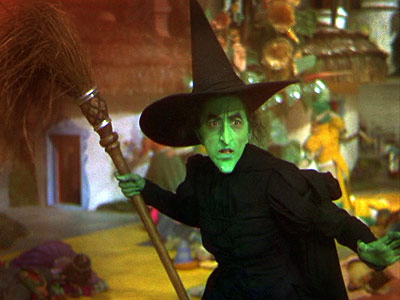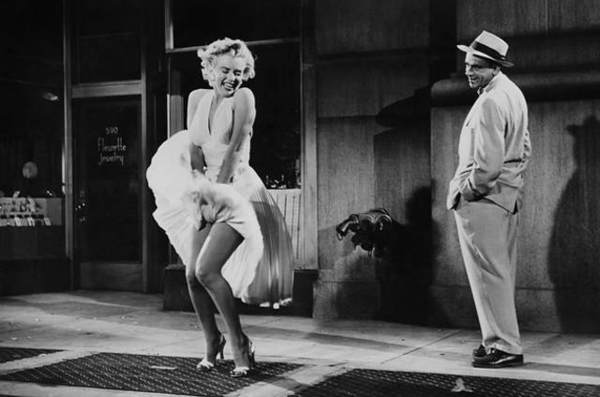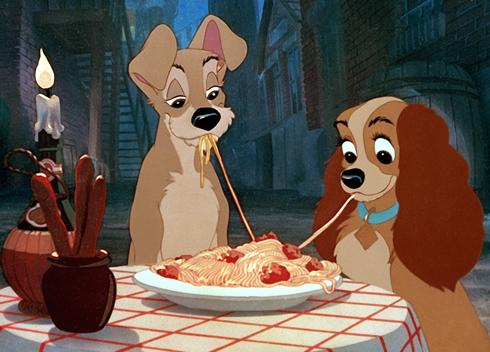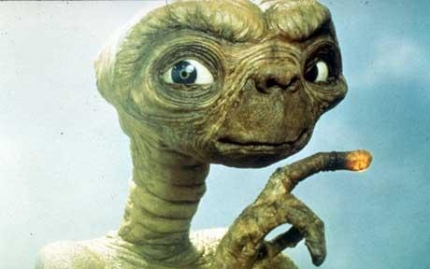The fields of science and filmmaking collide more often than you think. We know that as technology has advanced, so, too, has the scope of movie magic. Just ask Neytiri, Jar Jar Binks, or Wall-E. However, there was a time before CGI and today’s crazy-go-nuts post-production visual effects when filmmakers relied on science. In order to achieve the right visuals, the best takes, and the optimum performances from actors, directors of yesteryear artistically exploited Mother Nature to get what they wanted.
One might say that in many ways, science wrote, directed, and produced several of the classics. Science is one hell of an auteur.
Here is an analysis of some of the most beloved movie moments and the science behind them.
Chemistry: The Melting of the Wicked Witch of the West in The Wizard of Oz – 1939

As it turns out, the Wicked Witch of the West was never intended to melt on screen. The green witchy makeup used on actress Margaret Hamilton was made from mica, iron oxide, and a dash of the unstable element Francium. Incidentally, the melting point of Francium’s is 27 °C (or 80.7 °F), which happened to be the temperature of the water that Dorothy threw on her foe. In a strange combustive reaction that nearly killed everyone on set, Hamilton’s makeup vaporized from her face, solidified for an instant, and then melted in a perfectly dramatic way. Note: Francium was thereafter banned from use in theatrical makeup.
Meteorology: The Seven Year Itch Billowing Dress – 1955

Perhaps the most iconic scene in Marilyn Monroe movie history occurs when she stands on a subway grate in her white dress. The full skirt poofs up as an underground train whizzes by — scandalous! Actually, this scene was not planned, and weather — specifically El Niño — is credited for the unexpected easterly surface winds that created inverted, blustery, atmospheric conditions on set.
Food Science: The Lady and the Tramp Spaghetti Kiss – 1955

It’s a well-documented fact that the animated dog actors playing Lady and Tramp despised each other from day one. When Lady made a power play, refusing to kiss Tramp unless she got a bigger trailer with as many cartoon doggie bones as she wanted, Disney called in a culinary scientist. The specialist laced Tony’s famous meatball dish with canine pheromones, which opened Lady’s big brown eyes to the handsome devil that was Tramp. That’s why the spaghetti kiss looks so realistic. A scene immediately following the kiss had to be censored, as Lady couldn’t help herself from jumping across the table and voraciously butt-sniffing the leading man.
Ornithology: The Exorcist Head Swivel – 1973

In order to get the full effect of a spinning head, a very flexible trained owl dressed in a Linda Blair suit was called in to complete the illusion. The owl was rewarded with pea soup, to which it was allergic. Its gastrointestinal reaction resulted in the “spewing green” effect.
Optics: E.T.‘s Glowing Finger – 1982

The animatronic puppet that “played” E.T. was unique — built out of advanced fiber optic cables, plastic, and foam. When the puppet overheated during the plant revival scene, he started glowing. The heating process also caused his logic board to melt and re-amalgamate in a way that rendered the puppet sentient, endowing him with an almost Spielberg-like grasp of movie making. He now sits on the board at Amblin Entertainment.

Kristen- thanks so much for this. It all makes sense now!